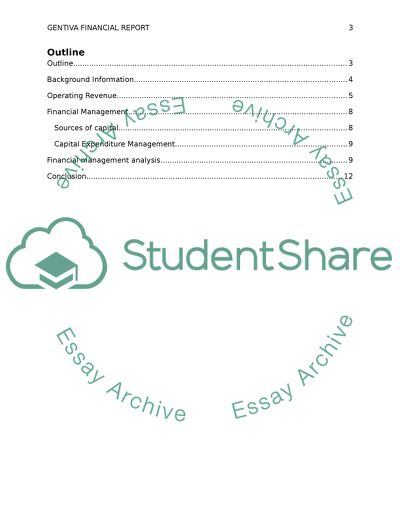Cite this document
(“Gentiva Health Services Financial Analysis Report Term Paper”, n.d.)
Gentiva Health Services Financial Analysis Report Term Paper. Retrieved from https://studentshare.org/finance-accounting/1402243-case-study-gentiva-health-services
Gentiva Health Services Financial Analysis Report Term Paper. Retrieved from https://studentshare.org/finance-accounting/1402243-case-study-gentiva-health-services
(Gentiva Health Services Financial Analysis Report Term Paper)
Gentiva Health Services Financial Analysis Report Term Paper. https://studentshare.org/finance-accounting/1402243-case-study-gentiva-health-services.
Gentiva Health Services Financial Analysis Report Term Paper. https://studentshare.org/finance-accounting/1402243-case-study-gentiva-health-services.
“Gentiva Health Services Financial Analysis Report Term Paper”, n.d. https://studentshare.org/finance-accounting/1402243-case-study-gentiva-health-services.


